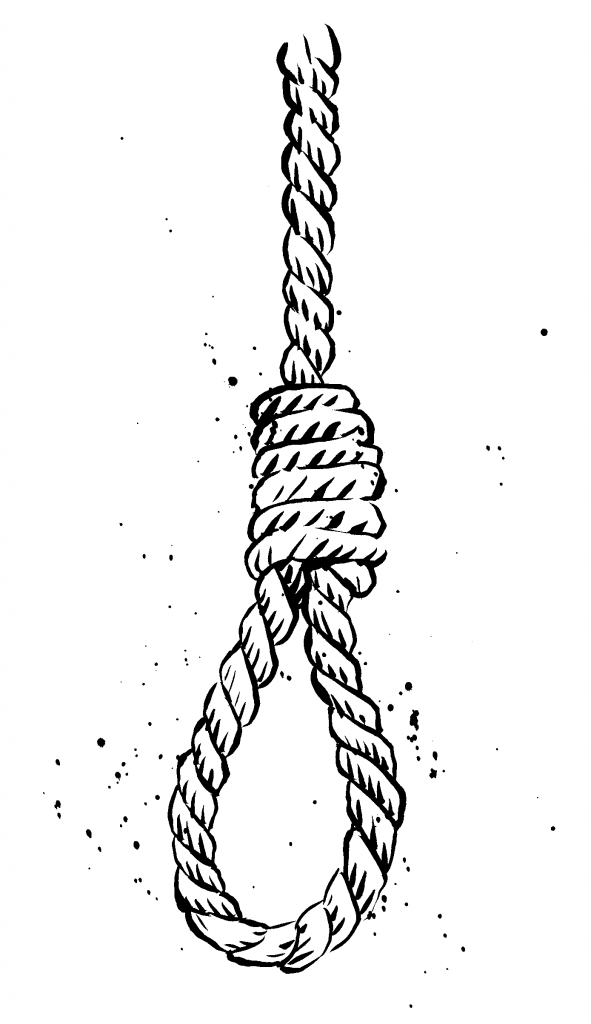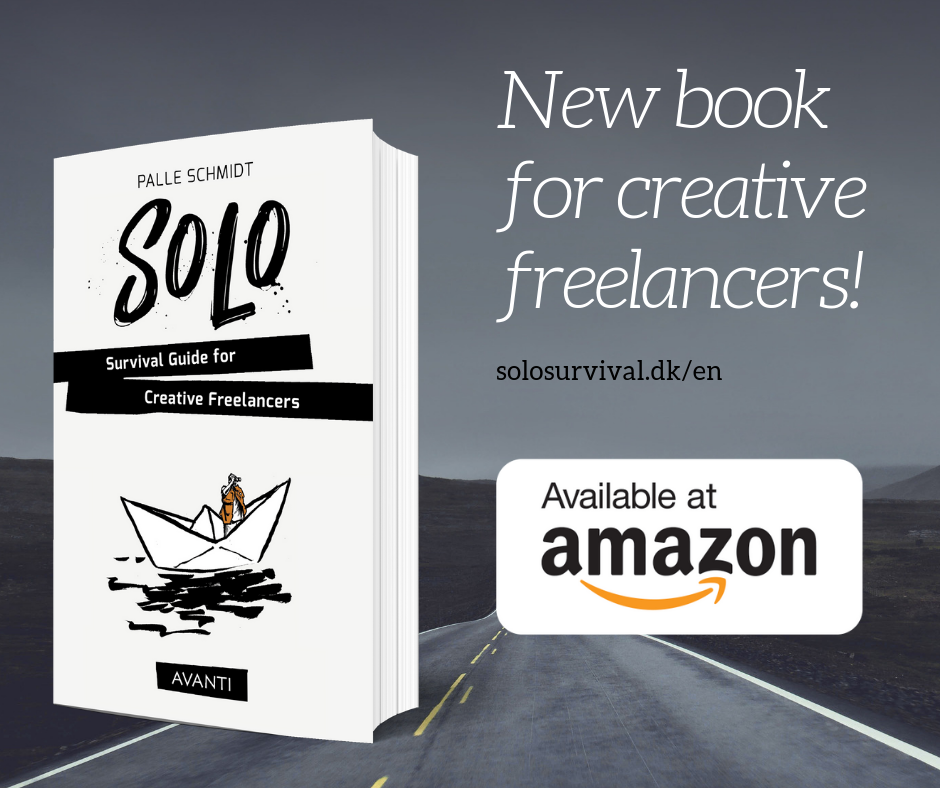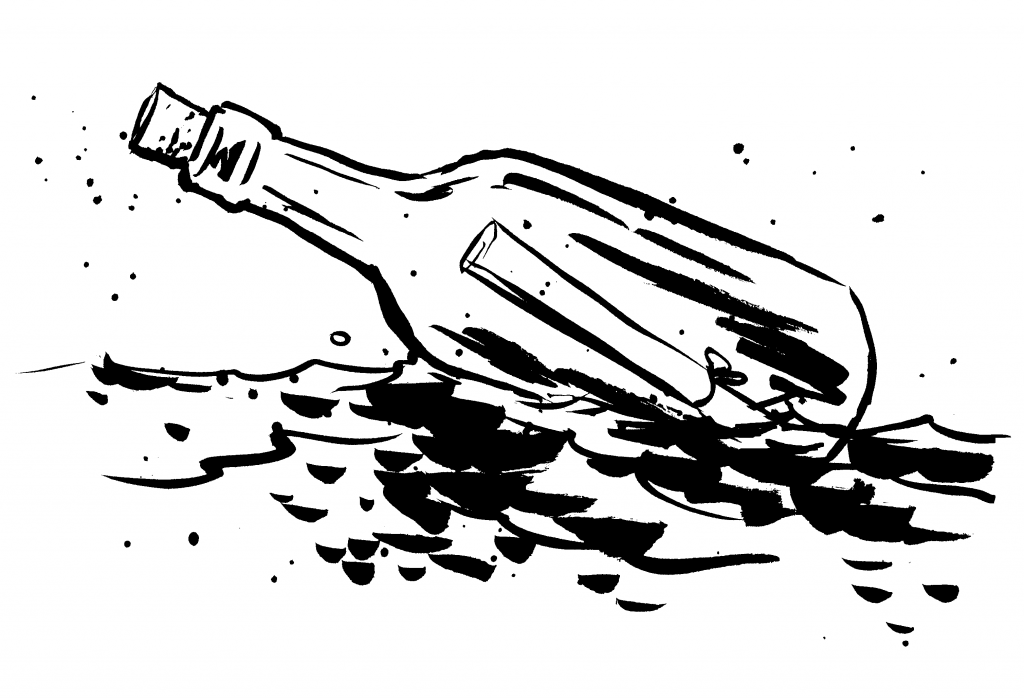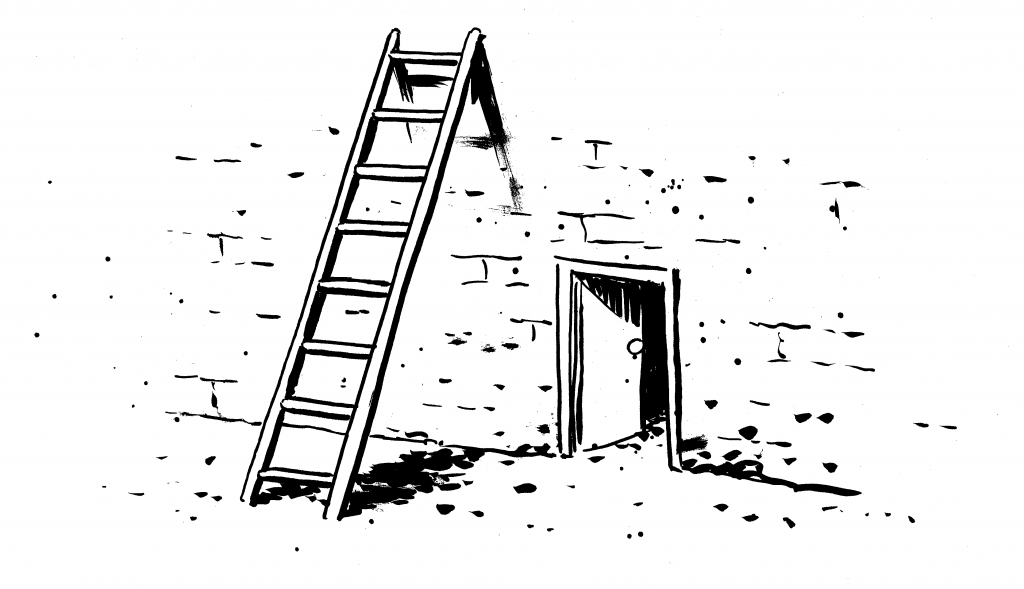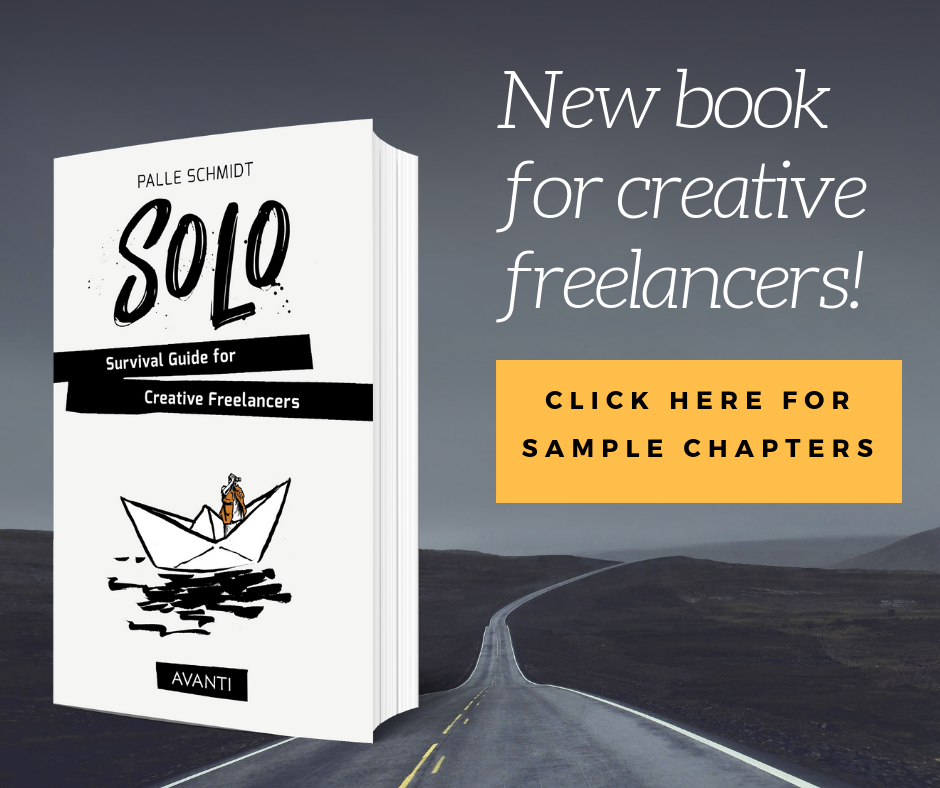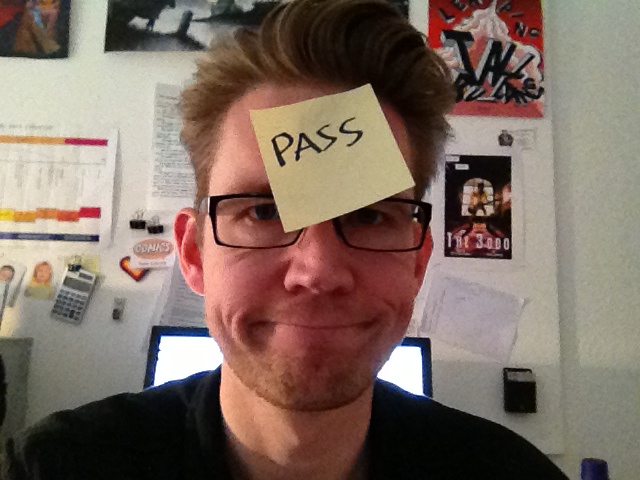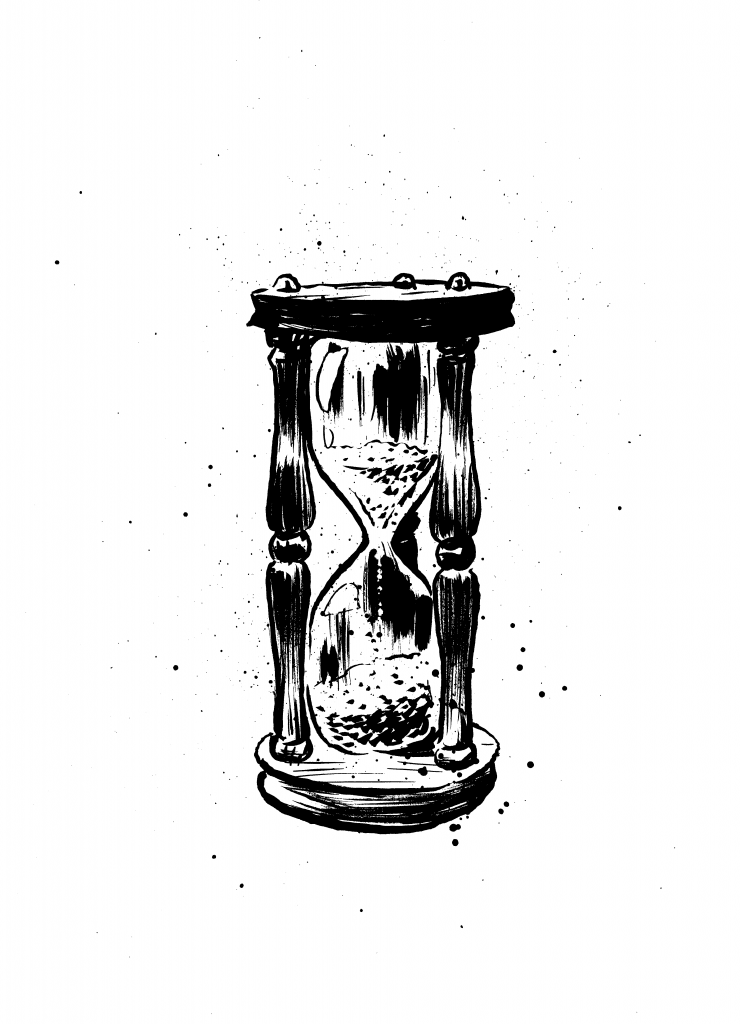
When you set out to write a novel, record an album or draw a graphic novel, it can feel like having to eat a whale. You don’t know where to start, you don’t see how it can ever be done, you wonder why you ever said yes.
I felt this every time I started on a longer comic. I felt like it would be impossible, I felt like I didn’t know how. So I had to look at my book shelf and the pages pinned to my wall to remind myself that I did it before. I sat down with a cup of coffee calmed myself down and opened up my calendar. I looked at the deadline and the number of pages I had to do, then divided that number with the number of weeks available to work on it. It’s stupendously simple when you think about it.
Large projects can be harrowing to tackle, even the ones you yourself set in motion, even the ones that don’t have a clear deadline (especially those!). You need to break it down into manageable chunks. Make a plan but be open for the deviations that will undoubtedly arise. Start with the end goal in mind and work backwards. Plant some goal posts along the way, cross every little task off on a list if that makes sense to you, time yourself if you can.
For my graphic novel STILETTO I decided the book would be 120 pages long. So I created a large sketchbook with 120 blank pages in it and started rough sketching. I had a script, mind you, and I had already broken it down into pages so I sort of knew what I was doing. Still having that sketchbook made it painfully concrete, very easy to oversee the entire book and see how far I was.
As I’m translating this book (which was originally published in Danish in 2017) I just started somewhere one fine morning, and then looked at the word count at the end of the work day. I’d managed to bang out roughly 3000 words so that became my standard. As long as I keep at it, and manage to swat away the swarming thoughts of inadequacy, I’m able to hit that word count almost every day.
I find that when I’m writing a book, it helps me to set the goal of creating a shitty first draft. It can always be edited later. If I set out to write a great book, I’ll never finish anything. In the words of Elizabeth Gilbert:
“A good enough novel violently written now is better than a perfect novel meticulously written never.”
For your own projects it’s equally important to set goals and deadlines or you’ll see it constantly get moved back when other, seemingly more important things come up. If you have all the time in the world, that’s exactly how long it will take. You need to make a decision. Saying to yourself: “I’ll do it when I get the time,” is basically the same as saying you’ll never do it.
Time is not something you get. It is something you take.
This post is an excerpt from my book SOLO – Survival Guide for Creative Freelancers – Order now on Amazon.

